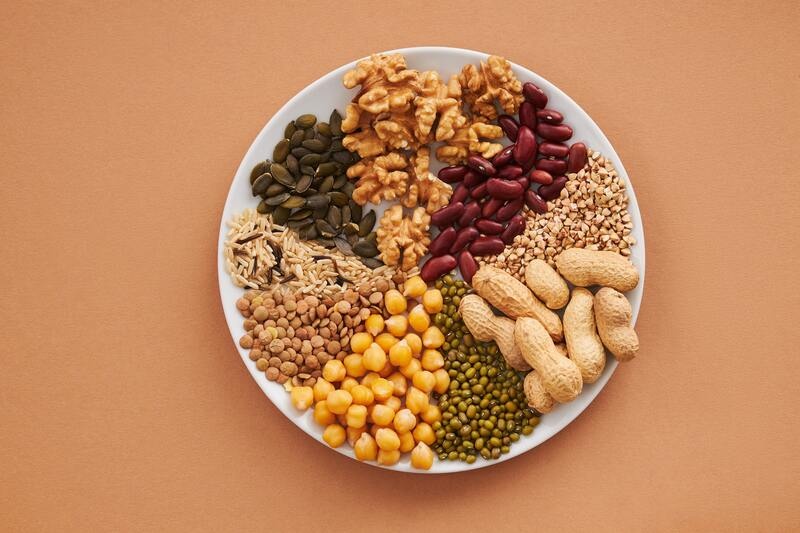What’s the key to living a long, wholesome life? American author Dan Buettner had been on a mission to learn the mysteries of life lengths exceeding 100 years in the 2000s, similar to many other inquisitive people. After collaborating with National Geographic and the National Institute of Aging, Buettner went on to identify five regions—Okinawa, Japan; Icaria, Greece; Nuoro Province, Italy; the Nicoya Peninsula, Costa Rica; and Loma Linda, California—that had the highest proportion of centenarians. These regions were dubbed Blue Zones.
The focus has been on the nutritional choices of the communities living in these places, even if the hypothesis says that they follow certain lifestyle patterns that help them live longer than the rest of the world. What then are the specific dietary secrets of the longest-living people on the planet?
Plant-based foundations: The diets of the Blue Zone populations are quite similar in that they primarily consist of plants. The main ingredients of their meals are whole grains, legumes, fruits, and vegetables. For instance, the traditional cuisine of Okinawa is heavy in sweet potatoes, which adds to a low-calorie, high-nutrient consumption that promotes lifespan. The Mediterranean influence is strong in Sardinia, with an emphasis on fresh herbs, vegetables, and olive oil. Similar to this, icarian cooking emphasizes using veggies that are grown nearby, which offer an abundance of antioxidants and vital minerals. The Loma Linda Seventh-day Adventists place a strong focus on plant-based basic foods, which is consistent with their vegetarian lifestyle beliefs.
The power of beans: A common element in Blue Zone diets is beans, in all its forms. Legumes are essential, whether it’s the lentils in Ikaria, the soybeans in Okinawa, or the black beans in Nicoya. These nutrient-dense powerhouses support heart health and general well-being by being great providers of protein, fiber, and important vitamins.
Accepting healthy fats: Although many people are afraid of fats, Blue Zone communities take a more nuanced stance, choosing nuts and olive oil as sources of healthy fats. A mainstay of Sardinia’s and Ikaria’s Mediterranean diets, olive oil’s monounsaturated fats are well-known for their heart-healthy properties. In a similar vein, Loma Linda’s Seventh-day Adventists include nuts in their meals as a source of omega-3 fatty acids that support brain function.
Mindful eating: The Blue Zone Diet is a comprehensive approach to eating that goes beyond making particular dietary choices. In these long-living communities, communal meals and mindful eating are common practices. The hara hachi bu philosophy, which advocates quitting eating when 80 percent full, is followed by Okinawans. This conscious method helps control weight by preventing overeating.
Social ties: During meals, social ties are just as important. Shared meals between families and communities promote emotional health and a sense of belonging. Beyond the plate, social ties are important in the Blue Zones because they highlight the connection between longevity and lifestyle.





